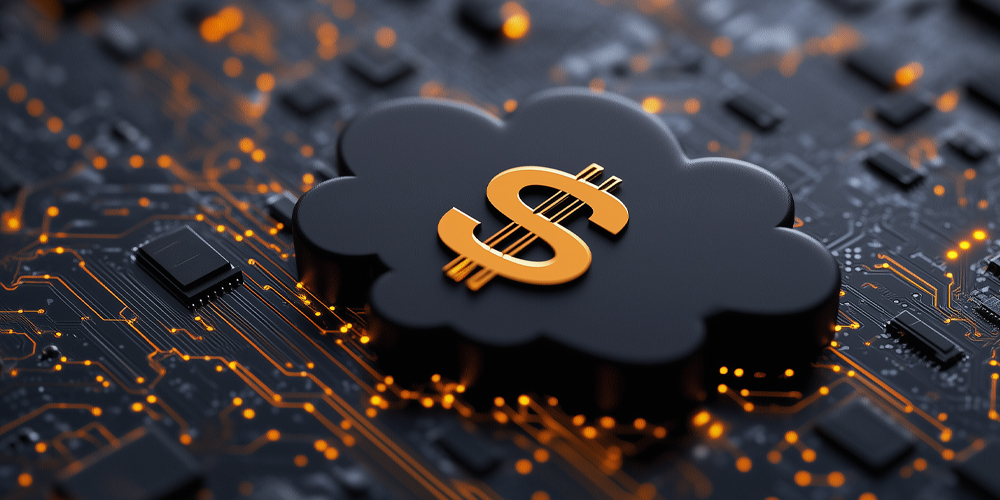The Role of 5G in Enhancing IoT Capabilities
The advent of 5G technology marks a significant leap forward for the Internet of Things (IoT). As the demand for connected devices continues to grow, 5G is set to transform how these devices interact and communicate. This next generation of wireless technology offers faster speeds, lower latency, and improved capacity, which are essential for optimizing IoT applications across various industries.
One of the standout features of 5G is its ability to support massive device connectivity. While previous generations struggled to handle large numbers of simultaneous connections, 5G can accommodate millions of devices in a given area. This capability is vital for smart cities, where numerous sensors and devices need to function harmoniously to enhance urban living.
In addition to connectivity, the low latency of 5G is crucial for real-time applications. For example, in healthcare, remote surgeries can be performed with minimal delay, ensuring that data is transmitted instantly. Similarly, in autonomous vehicles, real-time communication between cars and infrastructure is essential for safety and efficiency.
Moreover, 5G significantly improves data transfer speeds, exceeding 10 Gbps in many cases. This speed is particularly beneficial for applications that require large data exchanges, such as video surveillance or augmented reality. With faster data transfer, decision-making processes are enhanced, allowing industries to respond more swiftly to changing conditions.
In summary, 5G technology is poised to revolutionize the IoT landscape. By providing increased connectivity, lower latency, and enhanced data speeds, 5G will unlock new opportunities and capabilities for connected devices, ultimately transforming various sectors and improving everyday life.

Understanding 5G Technology
What is 5G?
5G is the fifth generation of wireless technology, designed to provide significant advancements over its predecessor, 4G. This next-generation network offers higher bandwidth and faster data rates, enabling smoother and more efficient communication between devices. The capabilities of 5G are crucial as the demand for connectivity increases globally.
One of the key features of 5G is its ability to support a massive number of connections per square kilometer—up to a million devices. This scalability is essential for the growing number of Internet of Things (IoT) devices that require constant connectivity. As cities become smarter and more devices are integrated into everyday life, 5G’s capacity to handle these connections will prove invaluable.
In addition to increased capacity, 5G also boasts significantly reduced latency. This means that data can be transmitted almost instantaneously, which is vital for applications requiring real-time responses. For example, in sectors such as healthcare, autonomous driving, and smart manufacturing, low latency can improve efficiency and safety.
Furthermore, 5G introduces advanced technologies such as massive MIMO (Multiple Input, Multiple Output), which enhances signal strength and reliability. This technology enables multiple signals to be transmitted and received simultaneously, further optimizing network performance.
In summary, 5G represents a groundbreaking advancement in wireless technology. Its higher bandwidth, enhanced capacity, and low latency position it as a transformative force in the realm of IoT, paving the way for innovative applications and smarter connectivity solutions across various industries.
Key Features of 5G
5G technology includes several key features that enhance IoT capabilities:
- Ultra-reliable low latency communication (URLLC): This ensures real-time communication between devices.
- Massive machine-type communications (mMTC): This supports a large number of devices in a specific area.
- Enhanced mobile broadband (eMBB): This provides faster data rates and improved user experiences.
These features are essential for maximizing the potential of IoT.
Enhancing IoT Capabilities with 5G
Increased Device Connectivity
One of the most significant advantages of 5G is its ability to connect numerous devices simultaneously. As more devices join the IoT ecosystem, 5G ensures seamless communication. This capability is vital for smart cities, where thousands of sensors and devices operate concurrently.
Low Latency for Real-Time Applications
5G drastically reduces latency, making real-time applications feasible. In sectors like healthcare, low latency can be life-saving. For instance, remote surgeries require instantaneous data transmission. With 5G, surgeons can operate on patients from miles away, enhancing healthcare delivery.
Improved Data Transfer Speeds
5G provides data transfer speeds that can exceed 10 Gbps. This speed is crucial for applications requiring large data transfers, such as video surveillance and smart transportation systems. Faster data transfer enhances decision-making processes by providing real-time information.
Impact on Various Industries
Smart Cities
5G technology is a game-changer for smart cities. By integrating IoT devices, cities can optimize services such as traffic management, waste disposal, and energy consumption. For example, connected traffic lights can adjust in real time based on traffic flow, reducing congestion.
Agriculture
In agriculture, 5G enhances precision farming. Farmers can use IoT sensors to monitor soil moisture and crop health. With 5G, data from these sensors can be transmitted instantly, allowing farmers to make timely decisions that improve yields.
Healthcare
Healthcare is another industry poised to benefit significantly from 5G. Wearable devices can monitor patients’ health in real time. Data collected from these devices can be transmitted to healthcare providers instantly. This capability allows for timely interventions and improved patient outcomes.

Challenges and Considerations
Infrastructure Development
Despite its benefits, the rollout of 5G requires substantial infrastructure development. Building new towers and upgrading existing ones involves significant investment. Moreover, urban areas may face challenges with placement due to existing structures and regulations.
Security Concerns
With increased connectivity comes heightened security risks. More devices mean more vulnerabilities that can be exploited. Ensuring the security of IoT devices and the networks they operate on is crucial. Industries must prioritize robust security measures to protect sensitive data.
Regulatory Issues
Regulatory frameworks must evolve to accommodate the new capabilities of 5G. Governments and organizations must work together to establish standards and protocols that ensure the safe deployment of IoT applications.
Future Prospects of 5G and IoT
Innovations on the Horizon
The synergy between 5G and IoT promises exciting innovations. As technology continues to evolve, we can expect new applications that leverage both. Smart homes, autonomous vehicles, and advanced robotics are just a few areas that will benefit.
A Transformative Experience
5G will create a transformative experience for users. From enhancing personal devices to revolutionizing industrial processes, the potential is limitless. As more industries adopt this technology, we will witness an unprecedented level of connectivity and efficiency.
Conclusion
Embracing the Future
The role of 5G in enhancing IoT capabilities cannot be overstated. With its ability to connect devices seamlessly, reduce latency, and improve data transfer speeds, 5G is set to revolutionize how we interact with technology. As industries continue to embrace this advancement, the possibilities for innovation are endless.
As we move forward, collaboration between stakeholders will be essential. Governments, businesses, and tech developers must work together to realize the full potential of 5G and IoT. By doing so, we can create smarter, more efficient environments that benefit society as a whole.




